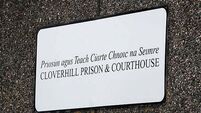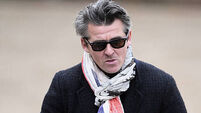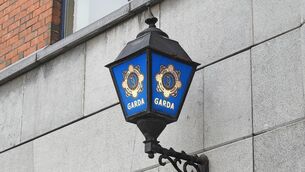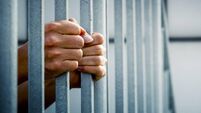Fewer patients receive electro-convulsive therapy
The men and women treated in 2012 ranged in age from 24 to 92, with 63% of the recipients women.
According to the MHC, the majority of patients consented to the controversial treatment, while 27 withheld consent, but were still treated.
ECT is a medical procedure in which an electric current is passed briefly through the brain via electrodes applied to the scalp to induce a generalised seizure. It is used on people with major mental illnesses or who aren’t responding to other types of treatment.
The MHC reports that 38.7% of patients who underwent ECT made a full recovery, 36.5% showing significant improvement in their mental health and 17.4% showing some or moderate improvement, while 7.4% recorded no improvement.
This year’s report also showed that restrictive practice was used 4,466 times on mental health patients in 2012, with physical restraint used in over two-thirds of cases and seclusion in the remainder.
Seclusion in 68.2% of cases lasted less than eight hours, but the Commission said “a small number of such episodes exceeded 72 hours”.
Chairman John Saunders said the ECT and seclusion figures show a drop of 6.3% and 6.1% on the previous year, which he welcomed.
However, he said that “while the number of those who do not consent to ECT treatment is in decline, it is still the commission’s view that it should not be possible to administer ECT to a patient who is unwilling to receive it”.













